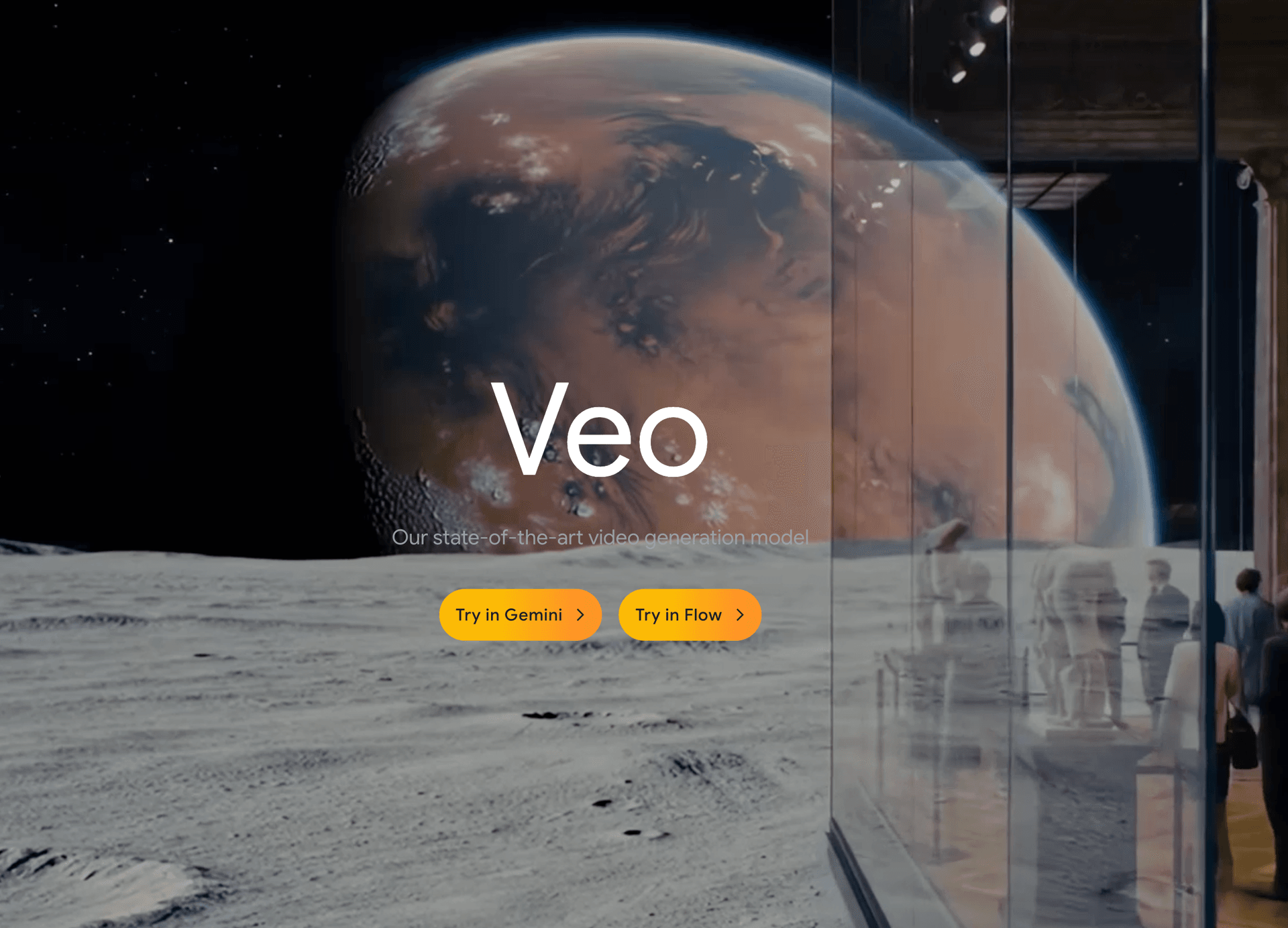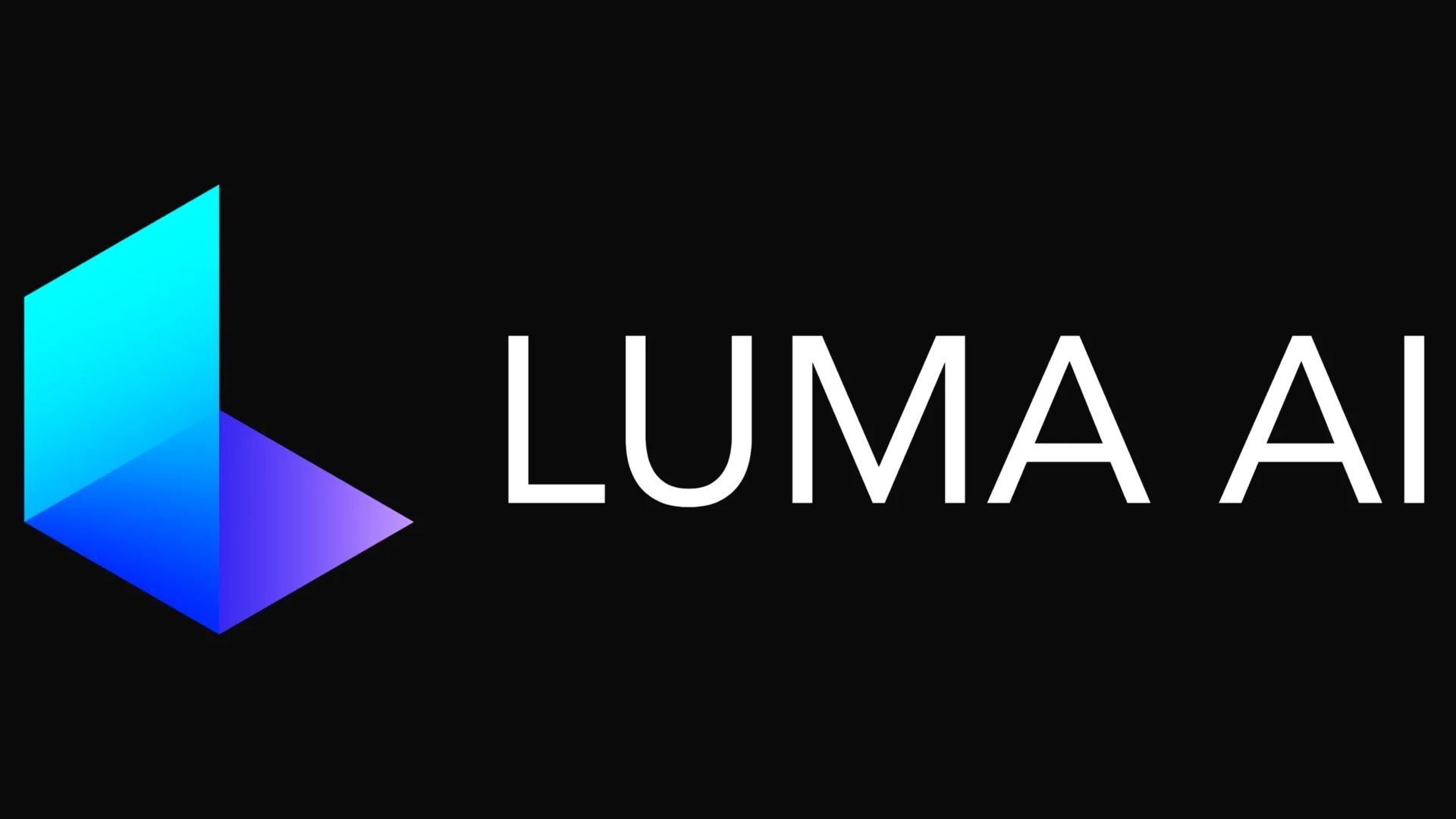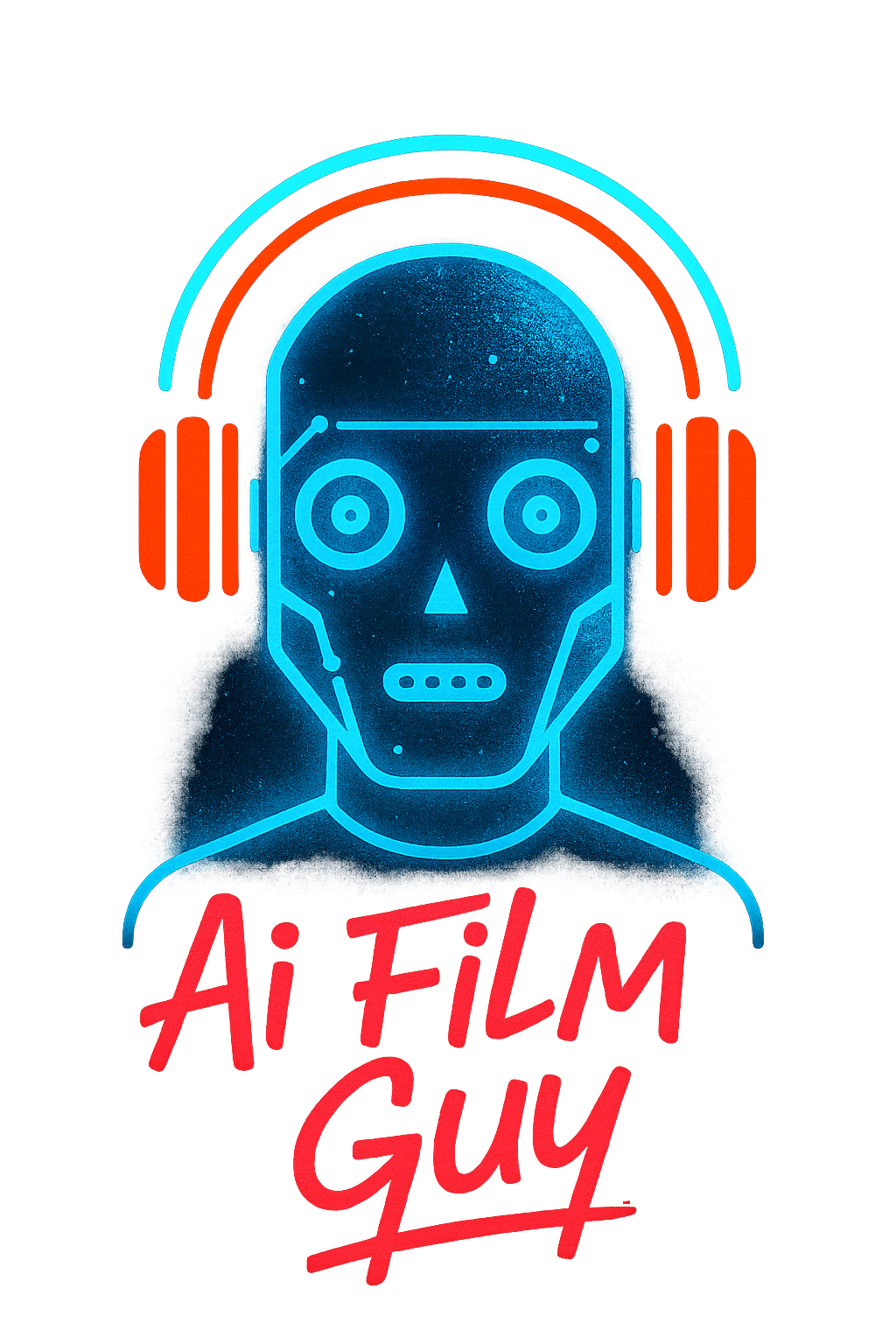Revolutionizing Storytelling with AI Tools: Veo3 and Luma
JS
Introduction to AI in Storytelling
In the ever-evolving world of storytelling, technology continues to play a pivotal role in shaping how narratives are crafted and consumed. Among the latest advancements are AI tools like Veo3 and Luma, which are revolutionizing the way creators approach storytelling. These tools offer innovative solutions that enhance creativity and streamline the storytelling process.

Understanding Veo3
Veo3 is an AI-powered tool designed to assist creators in generating compelling narratives. It offers a suite of features that help storytellers from various fields, including filmmakers, writers, and content creators. Veo3 utilizes deep learning algorithms to analyze story elements and suggest improvements, ensuring that the narrative remains engaging and cohesive.
One of the standout features of Veo3 is its ability to predict audience reactions. By leveraging data analytics, it provides insights into how different segments of the audience might respond to specific plot points or character developments, allowing creators to tailor their stories for maximum impact.
Exploring Luma
Luma, on the other hand, focuses on visual storytelling. It is an AI tool that enhances the creation of visual content by providing advanced editing capabilities and intelligent scene suggestions. Luma’s intuitive interface allows creators to seamlessly integrate visuals into their narratives, making it easier to convey complex ideas through imagery.

With Luma, even creators with limited technical skills can produce high-quality visual stories. The tool automates various aspects of the editing process, such as color correction and scene transitions, freeing up time for creators to focus on the artistic aspects of their work.
The Impact on Creativity
Both Veo3 and Luma serve as catalysts for creativity, offering a new dimension to the storytelling process. By automating mundane tasks and providing intelligent suggestions, these tools allow creators to explore new ideas without being bogged down by technical limitations.
Moreover, the predictive capabilities of these AI tools enable storytellers to experiment with different narrative structures and styles. This flexibility encourages innovation, as creators can quickly test and refine their ideas based on real-time feedback from the tools.

Applications Across Industries
The applications of Veo3 and Luma extend beyond traditional storytelling mediums. In advertising, these tools can be used to craft compelling brand narratives that resonate with target audiences. Educators can also leverage these tools to create engaging educational content that captures students' attention and enhances learning outcomes.
Additionally, in fields such as gaming and virtual reality, Veo3 and Luma provide creators with the ability to develop immersive experiences that captivate users. The integration of AI into these areas opens up new possibilities for interactive storytelling that was previously unattainable.
The Future of Storytelling
As AI tools like Veo3 and Luma continue to evolve, they will undoubtedly transform the landscape of storytelling even further. These tools are not just aids but partners in the creative process, enabling storytellers to push boundaries and explore uncharted territories.
The future promises more personalized and interactive stories that engage audiences in unprecedented ways. As these technologies advance, they will empower a new generation of storytellers to craft narratives that are not only captivating but also deeply resonant with diverse audiences around the globe.

